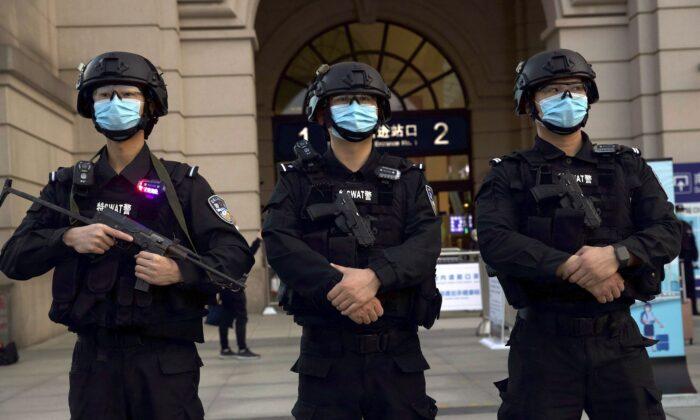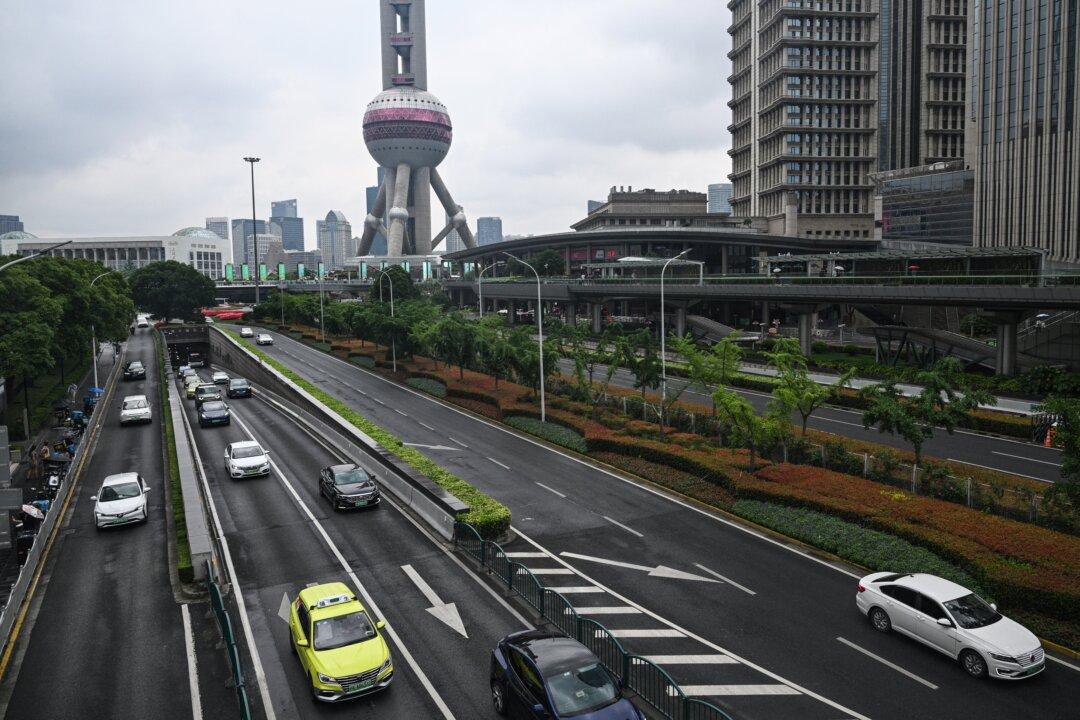Since Jan. 21, Tonghua city in Jilin Province has implemented strict measures to seal off its communities. No residents are allowed to go out and all supplies are delivered to people’s doors. Citizens reported that the local government was incompetent and food distribution was inequitable. Some people received a wide variety of vegetables, while others only got instant noodles.
Tonghua mayor Li Ping publicly admitted on state-run television on Jan. 25 that all 110,000 residents in the city’s Dongchang district were under lockdown and 34 percent of them have not had any supplies delivered. This sudden lockdown has put local residents in a dire situation.
Recently, the CCP has announced 10 high-risk areas and more than 60 medium-risk areas across the country, and they have all adopted a “wartime” mode. The above-mentioned cases are not isolated incidents. The chaos they demonstrate has become commonplace in China during the pandemic.
As we all know, the CCP’s “anti-epidemic” measures prefer lockdowns and a “wartime approach.” These decisions are not based on rigorous scientific grounds; but rather, are measures that satisfy the CCP’s perpetual demands for power—embodied by a philosophy of “politics first, stability second.” The CCP’s mandate to isolate populations are often done without prior notice, with no plans for people to maintain their livelihoods, no corresponding rapid diagnosis and medical treatment for the infected residents, and no infrastructure to ensure basic necessities would be delivered in a timely manner. Everyone is left to fend for themselves. The CCP has shamelessly called its violent measures “taking into account the overall situation.”
In fact, these measures probably only exist in China. They are not “anti-epidemic”; they are harmful. For example, the welded doors (for those under lockdown), long queues, and shoddy makeshift facilities that the CCP enforces actually increases the risk of cross-infection. The CCP is killing people “in the name of fighting the epidemic.”
Regarding the false propaganda and false arguments being adopted by the CCP’s “anti-epidemic” efforts, consider the following case.
An old man surnamed Cao went out to buy cigarettes in Nanying town, Gaocheng district, Shijiazhuang city, Hebei Province. Under the direction of Yan Mou, the village Party secretary, two “red vest” workers (volunteers who enforce anti-epidemic rules in the community) pressed the old man back and tied his arms to a tree. The red vests yelled, “Tie it tightly,” and ”If you come out again, I will kill you.”
So far, we don’t know how many people have died during the 76 days that Wuhan was under lockdown last year. And we don’t know how many people are desperately pleading for help due to draconian “wartime mode” policies across the country. We might never know the truth.
However, there is history to learn from.
Everyone knows that the Great Leap Forward campaign that began in 1958 caused a huge famine across the country. Tens of millions of people starved to death. How did the CCP do this? They blocked information and prevented people from leaving their local area. Let’s look at what happened in Xinyang city, Henan Province.
Look at the disasters in the CCP’s history, and then look at today. The Great Famine and the great plague may be different, but the CCP’s responses to both are remarkably similar.





